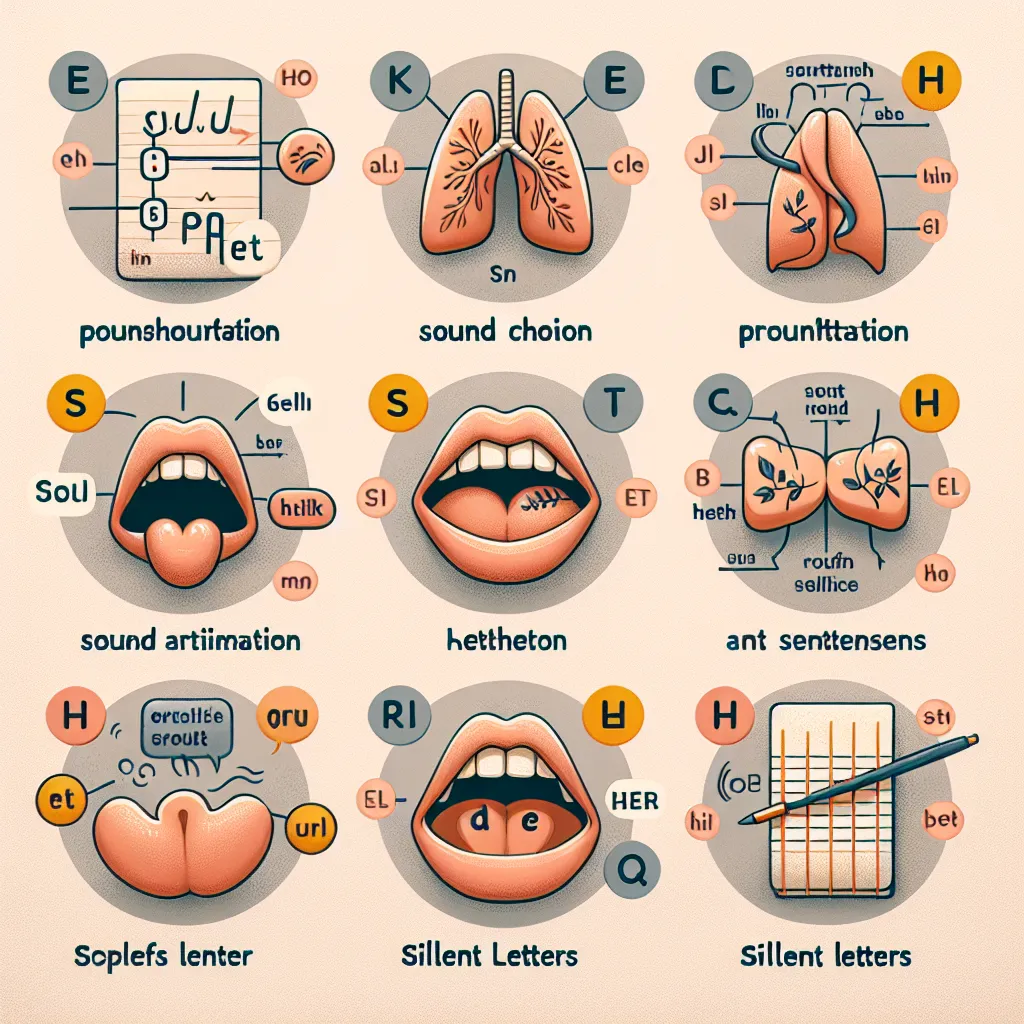Are you struggling with your English pronunciation? Do you want to sound more like a native speaker? Voice exercises can be a powerful tool to enhance your pronunciation skills. In this comprehensive guide, we’ll explore effective voice exercises that can help you improve your English pronunciation and boost your overall language proficiency.
Understanding the Importance of Pronunciation
Pronunciation is a crucial aspect of language learning. It not only helps you to be understood more easily but also increases your confidence when speaking English. Good pronunciation can make a significant difference in your personal and professional life, especially if you’re using English in an international context.
 Importance of Pronunciation
Importance of Pronunciation
The Role of Voice Exercises in Pronunciation Improvement
Voice exercises are specifically designed activities that help you practice and improve various aspects of your speech. These exercises focus on:
- Articulation: How you form sounds with your mouth, tongue, and lips
- Intonation: The rise and fall of your voice pitch
- Stress: Emphasis on certain syllables or words
- Rhythm: The overall flow and timing of your speech
By regularly practicing these exercises, you can train your vocal muscles and develop better control over your speech, leading to clearer and more accurate pronunciation.
Key Voice Exercises for Pronunciation Improvement
Let’s dive into some effective voice exercises that can help you enhance your English pronunciation:
1. Tongue Twisters
Tongue twisters are phrases designed to be difficult to articulate properly. They’re excellent for improving your articulation and muscle memory. Start slowly and gradually increase your speed as you become more comfortable.
Example: “She sells seashells by the seashore.”
Practice this tongue twister daily, focusing on the ‘sh’ and ‘s’ sounds. As you improve, try more challenging ones like:
“Peter Piper picked a peck of pickled peppers.”
2. Vowel Sound Practice
English has many vowel sounds that can be challenging for non-native speakers. Practice isolating and exaggerating these sounds to improve your accuracy.
Exercise: Say the following words, focusing on the vowel sounds:
- “beat, bit, bet, bat, but, boot”
Pay attention to how your mouth shape changes for each sound.
3. Consonant Cluster Drills
Consonant clusters are groups of consonants without vowels between them. They can be tricky for many English learners. Practice these to improve your fluency:
- “splits, strengths, sixths”
Start by saying each sound separately, then gradually blend them together.
4. Intonation Patterns
Intonation is crucial for conveying meaning and emotion in English. Practice rising and falling intonation with questions and statements:
- Rising: “Are you going to the party?” (voice goes up at the end)
- Falling: “I’m going to the party.” (voice goes down at the end)
5. Stress and Rhythm Exercises
English is a stress-timed language, meaning certain syllables are emphasized more than others. Practice stressing the correct syllables in multi-syllable words:
- “PHOtograph, phoTOGraphy, photoGRAPHic”
 Stress and Rhythm Exercise
Stress and Rhythm Exercise
Common Pronunciation Mistakes and How to Avoid Them
Being aware of common pronunciation errors can help you focus your practice more effectively. Here are some frequent mistakes and tips to overcome them:
-
Th-sound: Many learners struggle with the ‘th’ sound. Practice placing your tongue between your teeth and blowing air out.
-
Silent letters: Words like “listen” and “knife” have silent letters. Be aware of these and practice pronouncing words correctly.
-
Word stress: Incorrect word stress can change the meaning of words. For example, “DEsert” (a dry place) vs. “deSERT” (to abandon).
-
Vowel length: English has long and short vowels. Practice distinguishing between words like “ship” and “sheep”.
-
Schwa sound: This is the most common sound in English. Learn to recognize and produce it in words like “about” and “pencil”.
The Phonemic Chart and Commonly Mispronounced Words
Understanding the phonemic chart can greatly improve your pronunciation skills. Here’s a simplified version of the English phonemic chart:
[Insert a basic phonemic chart here]
Now, let’s look at 10 commonly mispronounced English words related to voice exercises:
- Pronunciation (/prəˌnʌnsiˈeɪʃən/)
- Exercise (/ˈeksəsaɪz/)
- Rhythm (/ˈrɪðəm/)
- Intonation (/ˌɪntəˈneɪʃən/)
- Articulation (/ɑːˌtɪkjuˈleɪʃən/)
- Vowel (/vaʊəl/)
- Consonant (/ˈkɒnsənənt/)
- Syllable (/ˈsɪləbl/)
- Diphthong (/ˈdɪfθɒŋ/)
- Stress (/stres/)
Practice these words regularly, paying attention to their correct pronunciation.
Conclusion
Improving your English pronunciation through voice exercises is a journey that requires patience and consistent practice. By incorporating these exercises into your daily routine, you can gradually enhance your pronunciation skills and speak English with greater confidence and clarity.
Remember, the key to success is regular practice and self-awareness. Don’t be afraid to record yourself and listen back to identify areas for improvement. With dedication and the right techniques, you can achieve significant improvements in your English pronunciation.
For more tips on improving your English skills, check out our articles on how to improve pronunciation using language software and how to master pronunciation through listening to audiobooks.
Keep practicing, and you’ll be amazed at how much your pronunciation can improve!




